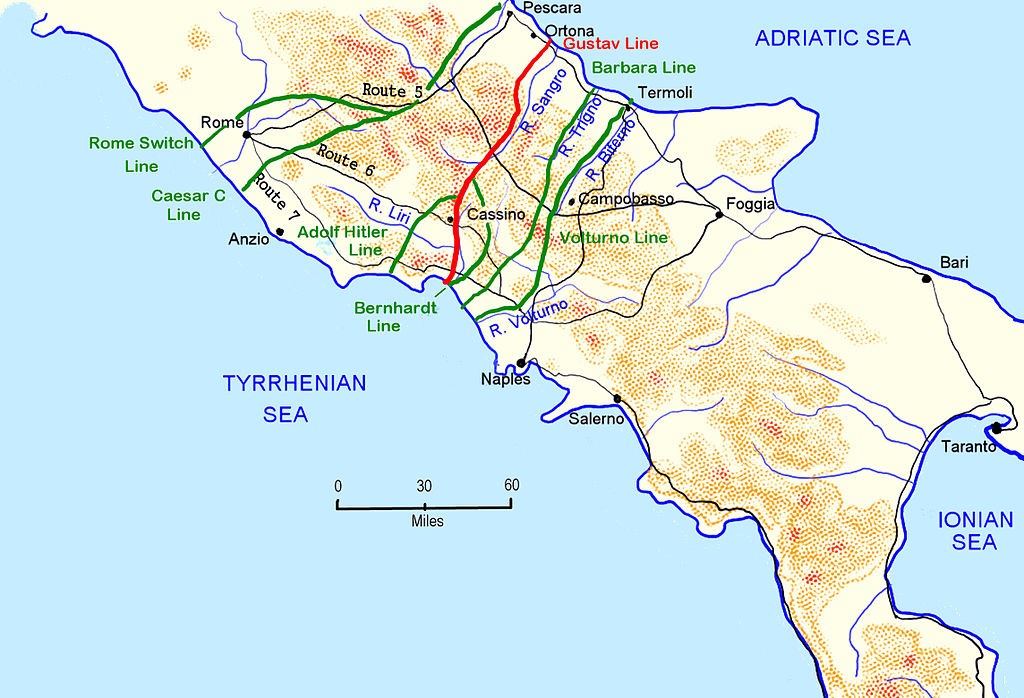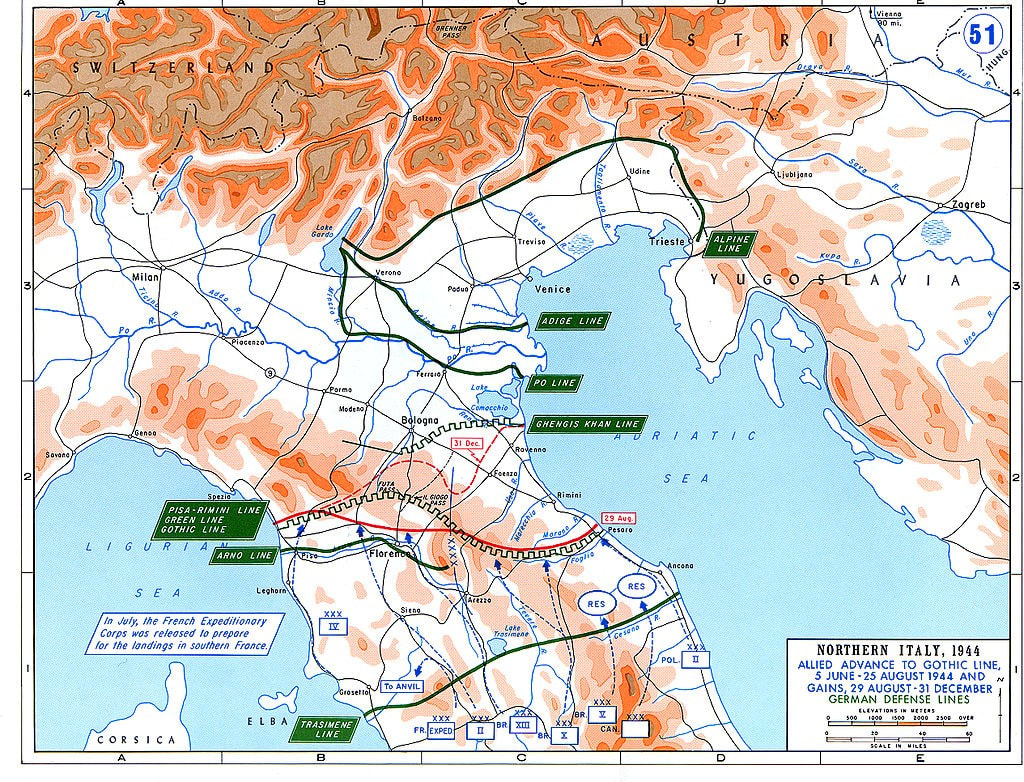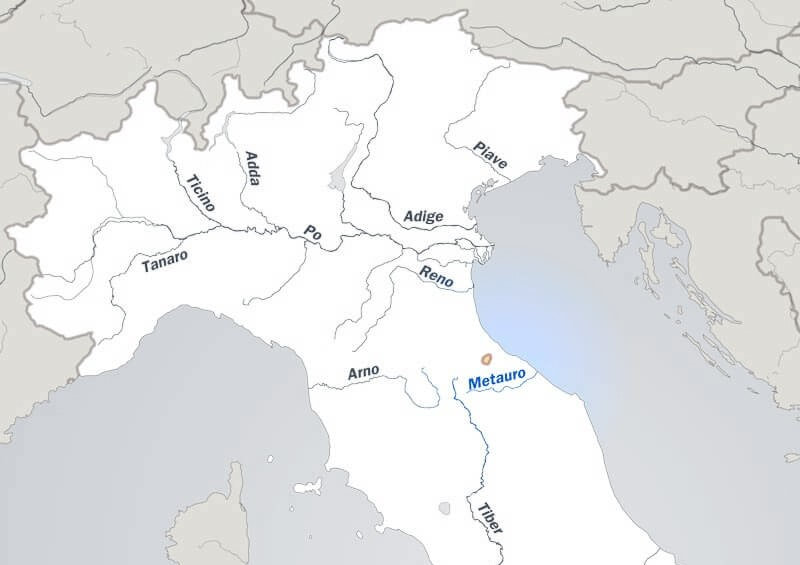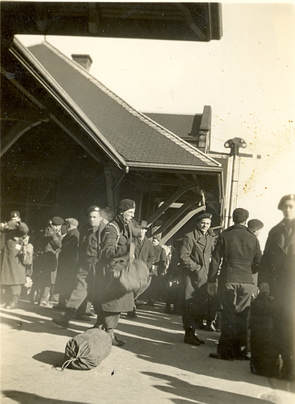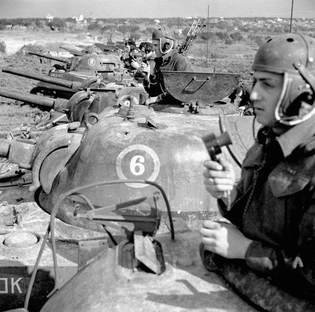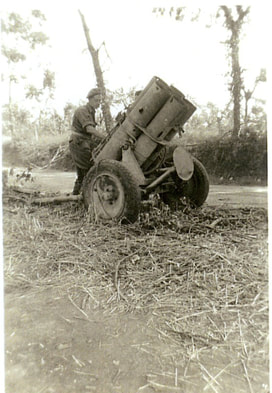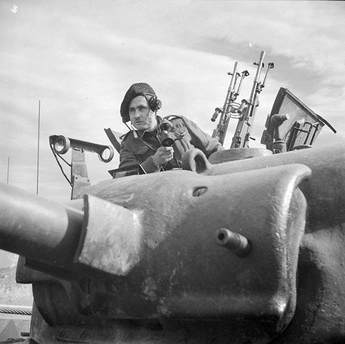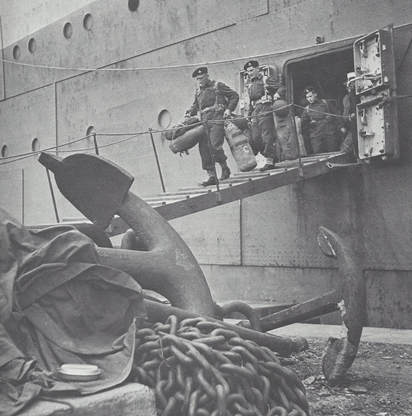
The conflict in Italy traced back to World War I. Italy had been an ally of the Triple Entente Powers. Britain, France and Russia had persuaded Italy to align with them by promising them territorial compensations that they had been interested in. However, after the war Italy discovered that the Entente had never intended to fulfil their promises. During the inter-war period, fascist governments began to rise to power in several countries across the world. In Italy, this was the National Fascist Party under the authority of Benito Mussolini. One of Mussolini's key campaign points was drawing attention to the Entente's betrayal of their promises. He believed that if Italy would not be granted the territory that rightfully belonged to them, that he would acquire it through military force.
Mussolini was anti-communist and also had many imperialist objectives for Italy. He wanted to colonize parts of North Africa as well as claim territory on the Dalmatian Coast. With both territorial expansion and the destruction of communism as common interests, the fascist states of Italy, Japan and Germany signed several treaties throughout the 1930's solidifying the Axis alliance. After the conflict broke out between Germany and the Allies in 1939, Italy declared war on Albania and joined the conflict on the side of the Axis.
The 8th Hussars spent their first few months taking in the sights and culture of Italy between training. In some regions, the looming presence of fascism was apparent through posters and propaganda, and the desolate people who remained in fragmented cities. However, other regions such as the Volturno River and Rome remained mostly unharmed and beautiful. Many leaves were granted for extended vacations, and the Hussars were able to enjoy the warm sunshine on the beach, or the world-class food and wine in the city. When the time came for them to see action, they were well rested and prepared.
The Germans created a string of fortified positions 16km deep along the Apennine mountain range to defend the territory. They used over 15,000 slave-labourers to create a wall of approximately 2,000 machine gun nests, bunkers, artillery positions, and anything else they could use to repel the allied forces. The terrain was also working in favour of the Germans. They established various smaller positions in front of the main line, each one situated behind a river.
The 5th Canadian Armoured Division, including the 8th Hussars, was in the Foglia River region. Their commander, Major-General Bert Hoffmeister was overlooking the river from a hilltop and noticed that the main German positions seemed to be unoccupied. He realized that the Germans were struggling to replace worn-out troops after the fighting that had preceded them, leaving key positions deserted. Hoffmeister immediately proposed to the Canadian Corps commander that they attack; creating a hole in the Gothic Line where they would be able to feed tanks and troops through to the other side. This was the action the 8th Hussars had trained so long for.
It was September 21st 1944 when the last German defensive position fell. The Canadians, including the Hussars were left overlooking the Po River with confidence that the 5th Armoured Division would be able to push the remaining German forces out of Italy. Breaking the Gothic Line resulted in over 40,000 casualties; 4,500 casualties for the Canadians. Although commonly overshadowed by the events in Normandy around the same time; this marked the last major allied gain in Italy and was one of the most important victories for the Canadians during War.
If you would like to find out more about the Gothic Line, The Italian Campaign, or about the 8th Hussars in general, stop by the 8th Hussars Museum located in the historic Sussex Train Station along Broad Street.
